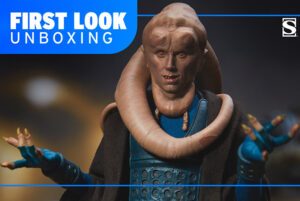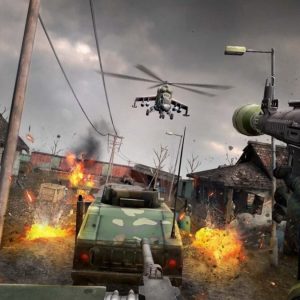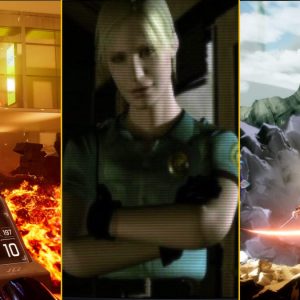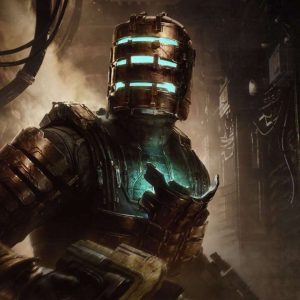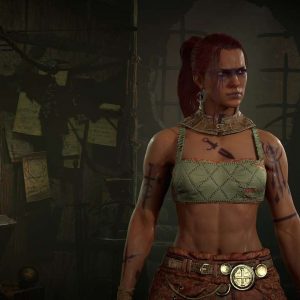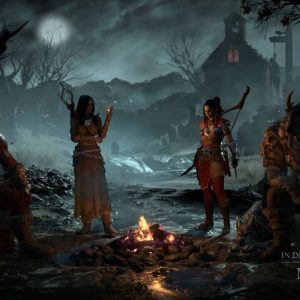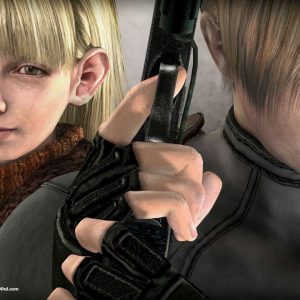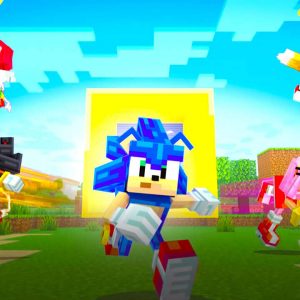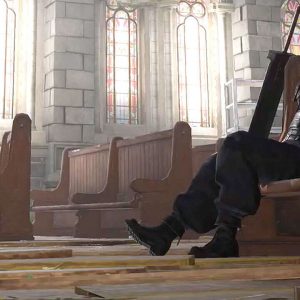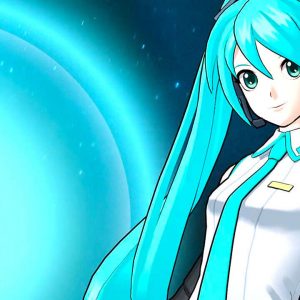
Lucas O. Seastrom, writing at ILM.com, takes a look back at the humble beginnings of Industrial Light & Magic, with George Lucas issuing formal shares of stock ownership in the new company almost fifty years ago to the day, on May 28th, 1975.
Main Image: ILM’s original crew for Star Wars: A New Hope (1977) poses in the front lot of their original studio (Credit: ILM & Lucasfilm).
ILM had less than two years to build a visual effects studio from scratch and create nearly 400 shots in a new space fantasy film called Star Wars.
By that time in late May, Lucas had hired John Dykstra to supervise the film’s visual effects. The director had an audacious vision for creating dynamic images of spaceships dogfighting with each other. Lucas wanted the camera to move with the ships, as if the camera operators were up there to capture the action by hand. The idea broke many of the traditional rules in visual effects that typically required locked off cameras to allow for separate elements to be carefully blended together.
John Dykstra was practically the only effects artist in Hollywood willing to buy into Lucas’s plans on the existing terms. He’d gained experience with the type of equipment that would be needed to realize the elaborate shots of custom-built miniatures. Dykstra was also a free thinker with a sense of adventure. There were only a handful of effects companies still operating, and none at a major studio. Most balked at the proposal, decrying its limited budget, tight schedule, and seemingly unattainable goals. So Dykstra was tasked with establishing a new operation.
Lucas was a Northern Californian and planned to base the editorial side of post-production near his San Francisco Bay Area home. He wanted to do the same for visual effects. Dykstra argued otherwise, deciding to keep the new facility in Southern California where he had access to a network of talent and close proximity to third party film processing labs. So it was at some point in late May that Dykstra located and then leased a warehouse in Van Nuys, one of a number of towns that sprawled across the San Fernando Valley, a ways north of Hollywood proper, and conveniently removed from the overbearing presence of the established studios.
Located in an industrial park on Valjean Avenue, just a block from the south end of the Van Nuys Airport, ILM rented a building for $2,300 a month from owner Bill Hanna. It was two stories, made largely of stacked cinder blocks, with a large asphalt lot in front. Inside were a handful of unfurnished offices and open warehouse space with high ceilings ideal for hanging lights. Early on, Dykstra would drive his motorcycle through the building, leaving skid marks on the floor. It was often oppressively hot, even more so once the tungsten film lights were switched on, and Dykstra initially planned to construct a pool onsite, but later compromised with a cold tub that could hold multiple people.
Image: The exterior of ILM’s original studio in Van Nuys, CA. An explosion on the surface of the Death Star is photograped in the foreground (Credit: ILM & Lucasfilm).
“It just popped into my head,” Lucas would recall about the name “Industrial Light & Magic.” “We were sitting in an industrial park and using light to create magic. That’s what they were going to do.”
Initially, Dykstra worked out of Lucasfilm’s offices in a bungalow on the Universal Studios lot, a few minutes drive from Van Nuys. Soon he’d moved to Valjean, working off the floor before furniture was acquired. He was busy recruiting. By early June, modelmakers Grant McCune and Bill and Jamie Shourt were hired, as were production manager Bob Shepherd, technician Jerry Greenwood, first cameraman Richard Edlund, electronics designer Al Miller, and machinists Richard Alexander and Don Trumbull.
As former Lucasfilm executive editor J.W. Rinzler would note in The Making of Star Wars, “They all knew one another and had worked together before.” They’d worked on feature films with Douglas Trumbull (son of Don), or on commercials and other projects with Robert Abel and Associates. A later group would come from another commercial house, Cascade Pictures. Others came straight from universities where they’d studied everything from animation to industrial design. They brought with them aspects of the culture and methodology from these other places, together making something new and unique.
Before anything else could happen, the Valjean warehouse needed to be converted into production space and workshops. Over six weeks into the summer, they first taped out sections and then constructed the designated areas themselves. On the first floor would be the optical and rotoscope departments, a model shop, machine shop, wood shop, two shooting stages in the rear, and production offices in the front. Upstairs would be home to the animation department, editorial, a screening room, and the art department.
Read the article in full at ILM.com.
The post ILM’s Audacious Start in an Empty Warehouse Began 50 Years Ago appeared first on Jedi News.




